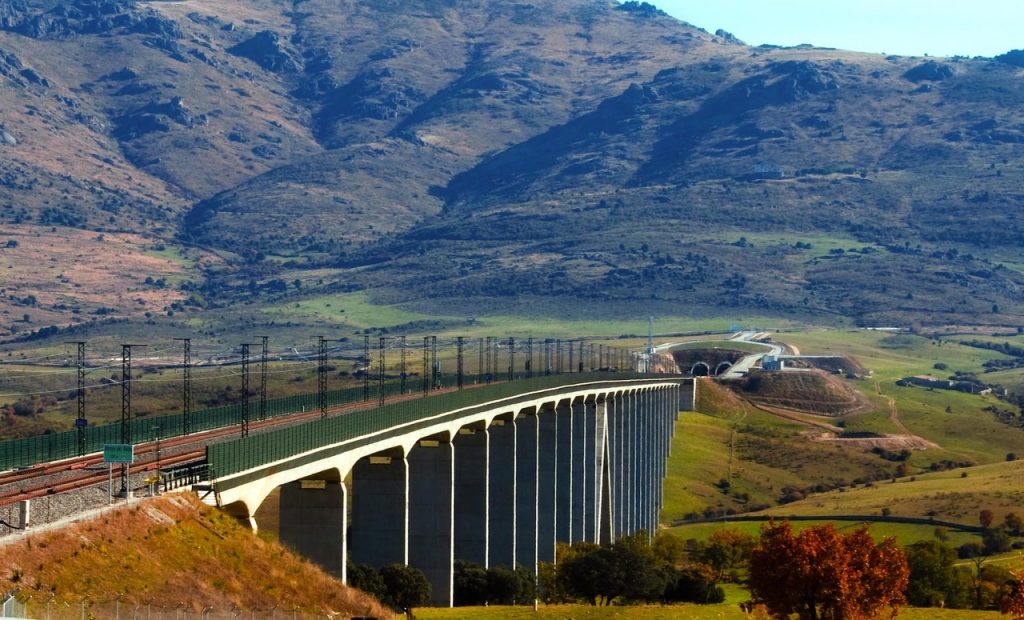Searching for ways to finance rail infrastructures has always been a critical issue for rail infrastructure managers and the market currently offers new possibilities to boost investments that also take into account the growing societal demand for environmental friendly mobility. ADIF AV, the Spanish rail infrastructure manager in charge of the High Speed lines, has explored these green financing possibilities.
Today, ADIF AV is proud to be one of the first European rail infrastructure managers to have established a green financing framework in order to be able to issue green bonds that will ensure a cleaner, more sustainable mobility for our citizens. In total, EUR 2.4 bn over the last 3,5 years!
These titles of credit provide funds that are used both to finance and refinance projects that generate environmental and climate benefits. They are aligned with the Green Bond Principles (GBP) issued by the ICMA (International Capital Market Association), therefore guaranteeing the compliance with a set of guidelines on transparency, publicity and reporting.
ADIF AV, following its commitment to protect the environment and seek global sustainability, has become the first Spanish state public entity to launch green bonds. In 2019 it was recognized as one of the ten best valued issuers in the world out of a total of 10,026 companies analyzed by the specialized entity Sustainalytics.
ADIF AV has issued green bonds on four occasions since 2017, adding up to 2.4 bn €. These funds have financed the construction of new high-speed lines, the extension of existing ones, as well as energy efficiency projects, estimating 556,820 tonnes of CO2 emissions saved a year and 16,704,605 tonnes of CO2 emissions saved over thirty years.
An example of a project financed with Green Bonds and co-financed by the European Regional Development Fund (ERDF) is the Zamora-Pedralba de la Pradería section, belonging to the Madrid-Galicia HS Line. The new connection extends the Spanish high-speed network by 110 km, which now amount to 3,567 km, and represents the continuation of the Madrid-Olmedo-Zamora high-speed line, in service since 2015, to the northwest of the country.


